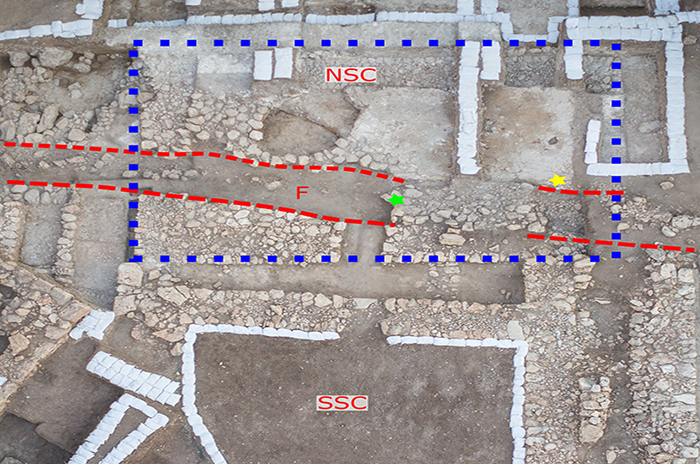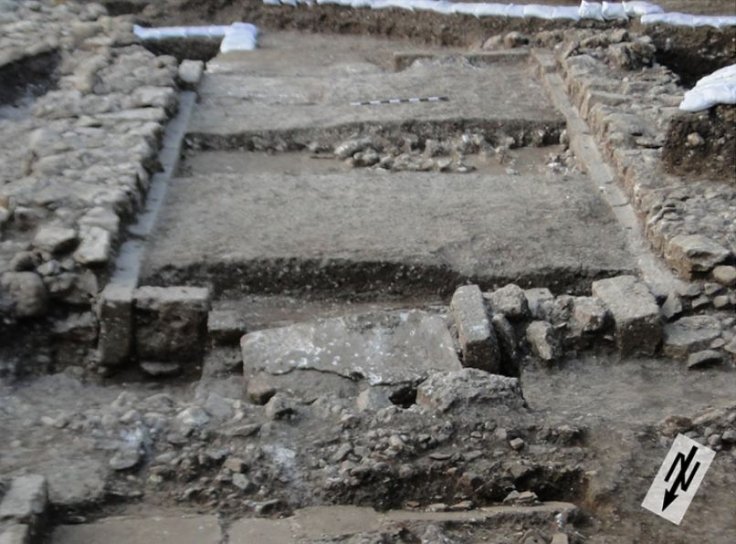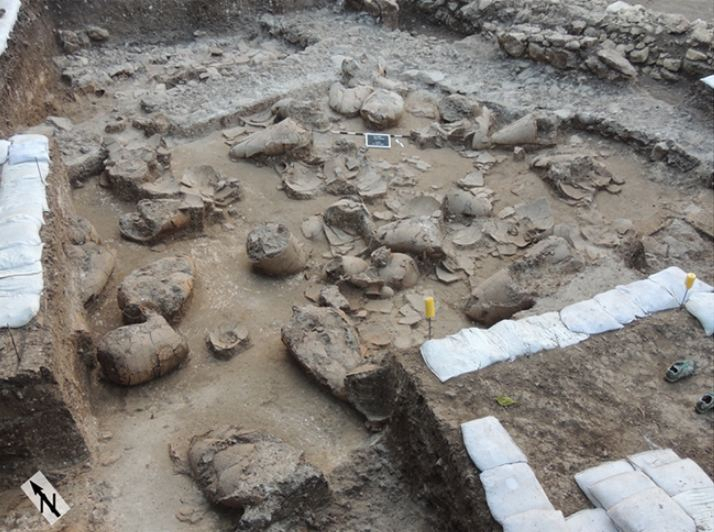Man may build monuments that can reach the skies. But they are no match for forces of nature that can level them to the ground. Scientists have found evidence that a massive earthquake may have led to the devastation and abandonment of a thriving Canaanite palace nearly 3,700 years ago.
An international team of researchers discovered evidence of a destructive earthquake at the 75-acre site of Tel Kabri in Israel which consisted of ruins from a Canaanite palace and a thriving city that dates back to 1900-1700 B.C.
The excavated ruins lie in the Kibbutz Kabri, a communal settlement in western Galilee. "We wondered for several years what had caused the sudden destruction and abandonment of the palace and the site, after centuries of flourishing occupation," said Assaf Yasur-Landau, co-director of the study, in a statement.

Finding An Interesting Structure
Yasur-Landau explained that the team began excavating a trench that stretched across a section of the palace. However, there were signs that suggested that the structure was modern and probably dug within the past few decades or perhaps a couple of centuries at best.
"But then, in 2019, we opened up a new area and found that the trench continued for at least 30 meters, with an entire section of a wall that had fallen into it in antiquity, and with other walls and floors tipping into it on either side," illustrated Yasur-Landau.

Pinpointing the Exact Reason for Collapse
Identifying ruins resulting from earthquakes is not without challenges, especially at sites where stone masonry is lacking, and where the materials used for construction were degradable such as wattle-and-daub and sun-dried mud bricks were utilized, said Michael Lazar, lead author of the study. Fortunately, at Tel Kabri, the researchers discovered both stone foundations from the bottom parts of the walls and the mud-brick superstructures above.
Lazar spoke about the importance of blending micro and macro archaeological techniques in order to identify ancient earthquakes. He added, "We also needed to evaluate alternative scenarios, including climatic, environmental and economic collapse, as well as warfare, before we were confident in proposing a seismic event scenario."
Evident Signs of Nature's Fury

According to researchers, areas where the plaster floors warped, mud bricks from ceilings and walls that collapsed into rooms and walls that were displaced or bent, were visible. In several cases, the rooms that caved in buried several dozens of valuable jars. "It really looks like the earth simply opened up and everything on either side of it fell in," said Eric Cline, co-director of the study.
"It's unlikely that the destruction was caused by violent human activity because there are no visible signs of fire, no weapons such as arrows that would indicate a battle, nor any unburied bodies related to combat. We could also see some unexpected things in other rooms of the palace, including in and around the wine cellar that we excavated a few years ago," added Cline.
Discovering Ancient Wine
The team unearthed 40 jars in a single storage room of the palace in another similar expedition in 2013. Through organic analysis, it was ascertained that the jars encased wine. At the time, it was considered the largest and oldest wine cellar discovered in the Near East. Nevertheless, four more similar storage rooms holding 70 more jars, all of which were entombed during the quake-led collapse of the structure.

Ruth Shahack-Gross, co-author of the study, stated, "The floor deposits imply a rapid collapse rather than a slow accumulation of degraded mud bricks from standing walls or ceilings of an abandoned structure."
"The rapid collapse, and the quick burial, combined with the geological setting of Tel Kabri, raises the possibility that one or more earthquakes could have destroyed the walls and the roof of the palace without setting it on fire," she concluded.









